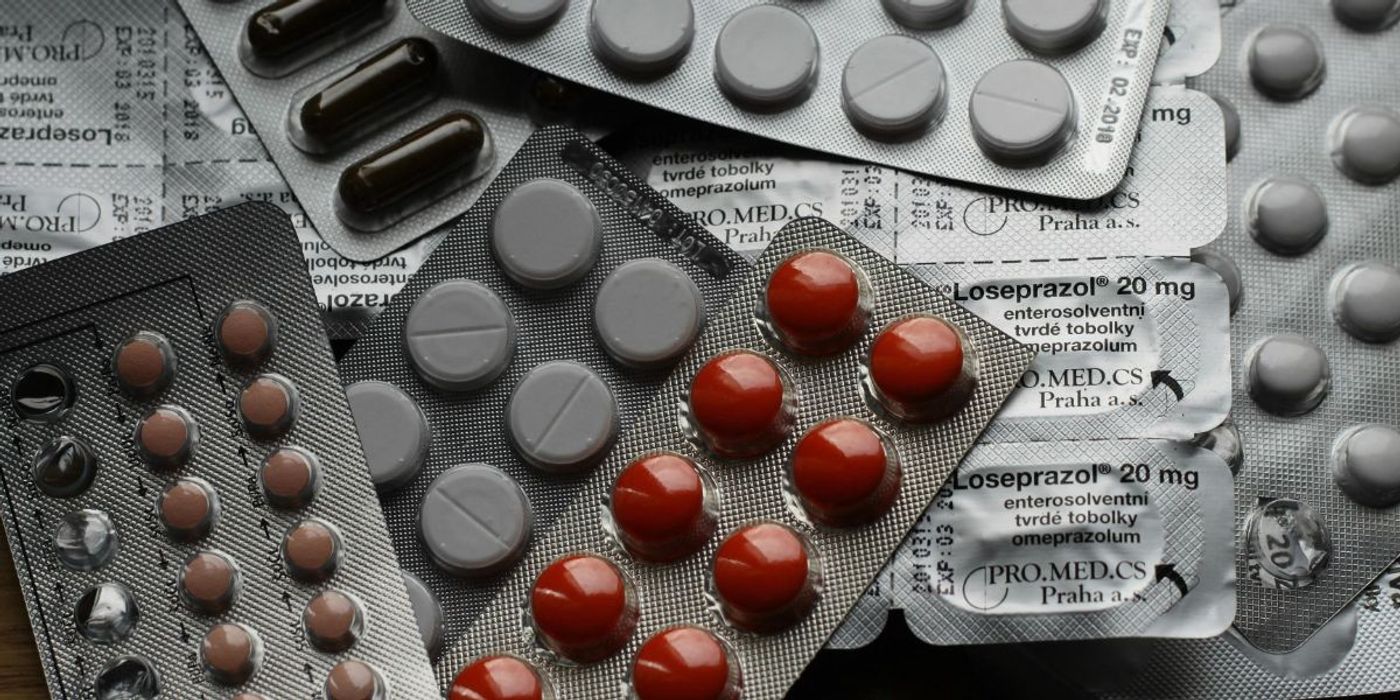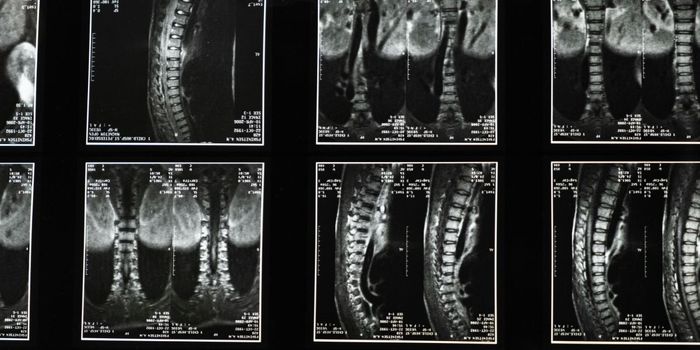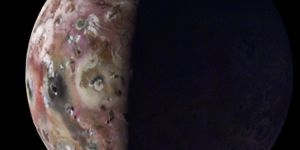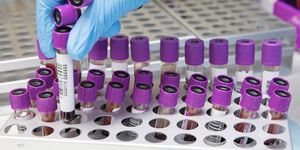Lower Socioeconomic Status Linked to Higher Likelihood of Chronic Pain After Injury

The International Classification of Diseases describes chronic musculoskeletal pain (CMP) as pain arising from bones, joints, muscles, or related soft tissues that lasts more than three months. CMP is the biggest cause of disability worldwide, affecting around 22% of the global population. In the current review, researchers set out to establish which biopsychosocial factors are associated with the development of CMP.
To do so, they analyzed 13 systematic reviews which included 185 research studies with 489, 644 participants. Ultimately, they found that there is moderate certainty evidence that smoking, fear avoidance, poorer support networks, lower socioeconomic status, and high levels of pain are linked to the development of CMP.
In particular, they found that people from lower socioeconomic backgrounds were twice as likely to develop chronic pain after injury. They further found that individuals with a combination of smoking, high level of pain at the time of injury, fear of movement, poorer support networks, and lower level of education or household income may be up to seven times more likely to develop CMP following injury.
“The characteristics that we have identified are related particularly to an individual’s experiences, rather than a type of injury, “ said lead author of the study, Michael Dunn, of the University of Birmingham and St George’s University Hospitals NHS Foundation Trust, in a press release.
“For that reason, approaches to treating people with musculoskeletal injuries should be more person-centred, focusing on broader biological, psychosocial and social well-being. Put simply, current healthcare approaches do not address all the reasons people do not get better," concluded Mr. Dunn.
Sources: Neuroscience News, PLOS ONE








